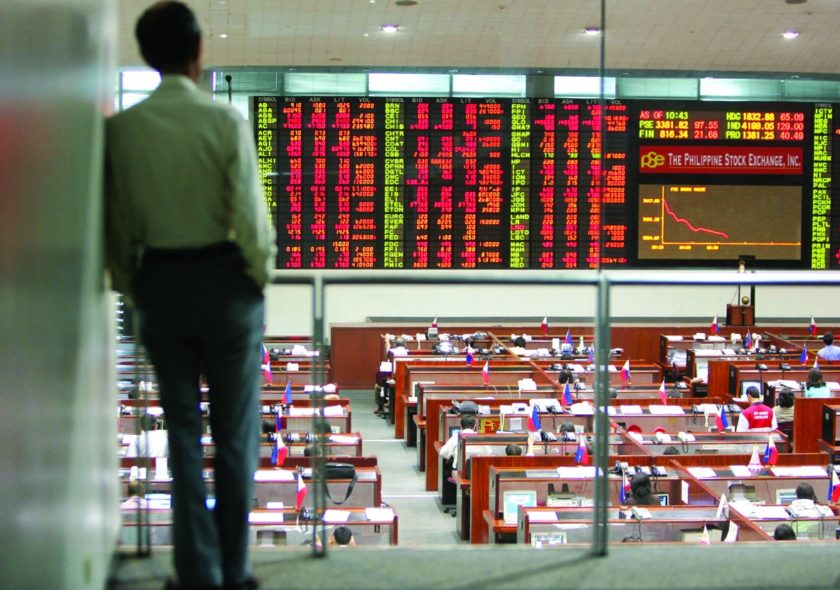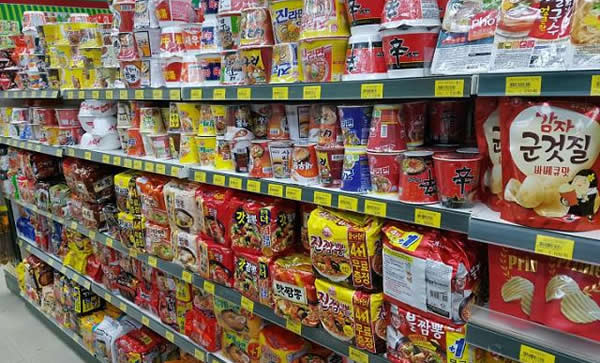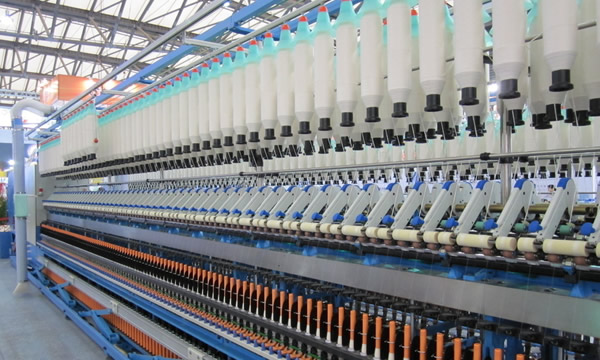Export Value of Coffee from Vietnam Reached USD 3.21 Billion, 2017
According to CRI’s information from the Vietnamese government, the export volume of Vietnamese coffee was about 1.42 million tons in 2017. The export value reached USD 3.21 billion. Germany and the U.S. are the first two major export destinations of Vietnamese coffee. Many years ago, Major agricultural exports from Vietnam were rice, rubber, etc. In recent years, however, traditional products such as rice have been overshadowed by coffee with the rapid increase of coffee export.
Coffee planting industry in Vietnam started 150 years ago, with coffee trees introduced by French traders. The production volume was small in more than 100 years that followed. After the Vietnam War (1975), Vietnamese government decided to implant a large scale of coffee trees so as to increase income of farmers. Other crops are widely replaced by coffee since coffee can generate more revenue than rice and fruits. ROBUSTA coffee and ARABICA coffee are most widely planted in Vietnam. Their tastes are general, but their production volumes are high. They are usually used as major raw materials of instant coffee.
Related Reports:
Research Report on Coffee Industry in Vietnam, 2017-2021
According to CRI, in recent years, the planting area of coffee has exceeded 600 thousand hectares every year, with less than 20% belonging to state-owned enterprises and more than 80% to farmers and private companies. The planting scale of coffee is usually small. The general scale of coffee planted by farmers is 2-5 hectares. The general scale of coffee planted by enterprises is 50-100 hectares. There are millions of people engaged in industries related to coffee, ranging from planting, processing, trade to cafes spreading over Vietnam.
The annual production volume cannot be guaranteed for annual growth due to climate impacts. In the long run, however, the production volume of coffee beans is growing. The output volume of coffee beans increased from less than 80,000 tons in 1990 to over 1.5 million tons in 2017. Coffee beans have become one of the most important agricultural exports in Vietnam.
Vietnam is also one of the global exporters of instant coffee. According to CRI, instant coffee produced in Vietnam such as Brand “G7”, of which the sales volume has increased more than 10 times in recent 10 years, has become one of major competitors in Chinese market. Chinese market of instant coffee is occupied by two major international brands — Nestle and Maxwell House (Kraft Foods) –due to the lack of famous domestic instant coffee brands. But with Vietnamese brands entering Chinese market, they have become powerful competitors. According to CRI, instant coffee which is produced in Vietnam enters Chinese market through both legal channels and smuggling. The price of smuggled products with the exterior packaging printed with all Vietnamese characters is over 20% lower than that of imported products.
According to CRI, with the economic development and the growth of people’s income, coffee consumption in Vietnam is growing fast. Vietnamese residents prefer to drink coffee in coffee shops all over the streets.CRI analyzes that there are over 50,000 coffee shops in Ho Chi Minh City, the largest city in Vietnam with more than 10 million people. An individual only needs to spend approximate 20,000 VND (88 cents) on sitting down to drink a cup of coffee, while a cup of takeaway coffee minimally costs about 10,000 VND (44 cents).Even if in premium coffee shops in the city center, a cup of coffee is generally priced no more than 200,000 VND (USD 8.8).
According to CRI, Vietnamese coffee industry is still in the bottom of the global coffee industry chain. Given that Vietnam’s coffee bean brands, instant coffee brands and coffee shop brands are all low-end brands, international capital is required. It is estimated that middle and high-end coffee brands are in demand in Vietnam with rising income of Vietnamese residents. For foreign investors, they are entitled to low labor costs and tax preferences in Vietnam. In this case, it is more profitability to establish coffee processing factories for producing coffee powder or instant coffee in order for export or domestic consumption or to invest in coffee shop chains in comparison with importing coffee beans from Vietnam.



